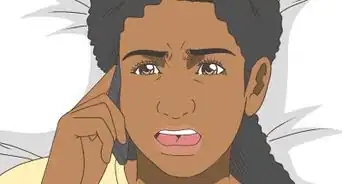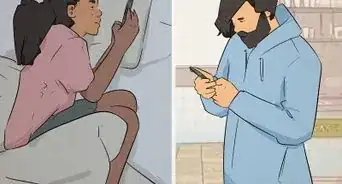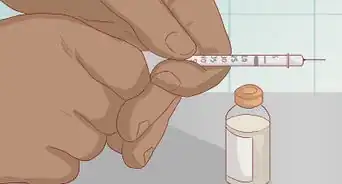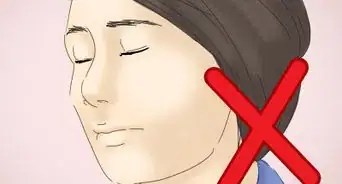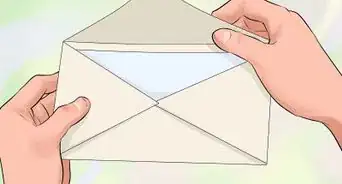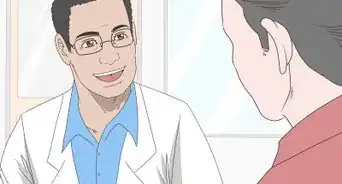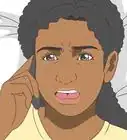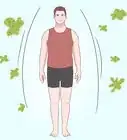This article is based on an expert interview with David Schechter, MD, conducted by wikiHow Staff Editors. Dr. David Schechter is a physician in Culver City, California. With over 25 years of experience as a family and sports medicine physician, Dr. Schechter specializes in mind-body medicine, preventive medicine, and chronic pain. Dr. Schechter received his MD from New York University and is an attending physician at Cedars-Sinai Medical Center. He was named a Top Doctor by Los Angeles Magazine and Men's Health Magazine. He has also written several books, including The MindBody Workbook.
It can feel challenging to figure out how to alleviate pain when you don't know what's causing it. The good news is that pinpointing the source of your pain will make it easier to address. How exactly are you supposed to do that though? Fortunately, in this video family medicine practitioner David Schechter explains how you can figure out what's causing your pain so you can stop it and start feeling like yourself again.
Key Takeaways
- Do a self-assessment to see if you can pinpoint the cause of your pain. Think about whether you have any other symptoms or if you've experienced any kind of injury or collision recently.
- Examine the part of your body that's hurting to see if it's swollen or if it hurts to move it. If the pain doesn't go away in a few days, talk to your doctor, especially if you're over 60.
Video Transcript
First of all, I would do kind of a self-assessment, which is, “Do I have a fever? Do I have any other symptoms that might explain the pain or connect to the pain? Can I recall with a little more thought any specific injury or any collision or bump or bruise?” I can also examine myself. I can look at the part of the body that's hurting. I can see if it's swollen. I can touch it. I can move it. All of these things would give me information that is useful. Also, if you're over 50, or over 60, and unexplained pain might have more significance, that you'd want to bring to the doctor sooner than if you're a younger and healthy person in your teens, 20s, or 30s. In addition to that, something like swelling, which can represent inflammation, if localized could also represent something else. So I would do the self-assessment. I would see if the unexplained pain is going away over the course of a few days. And if not, I would bring it to the attention of my physician.


